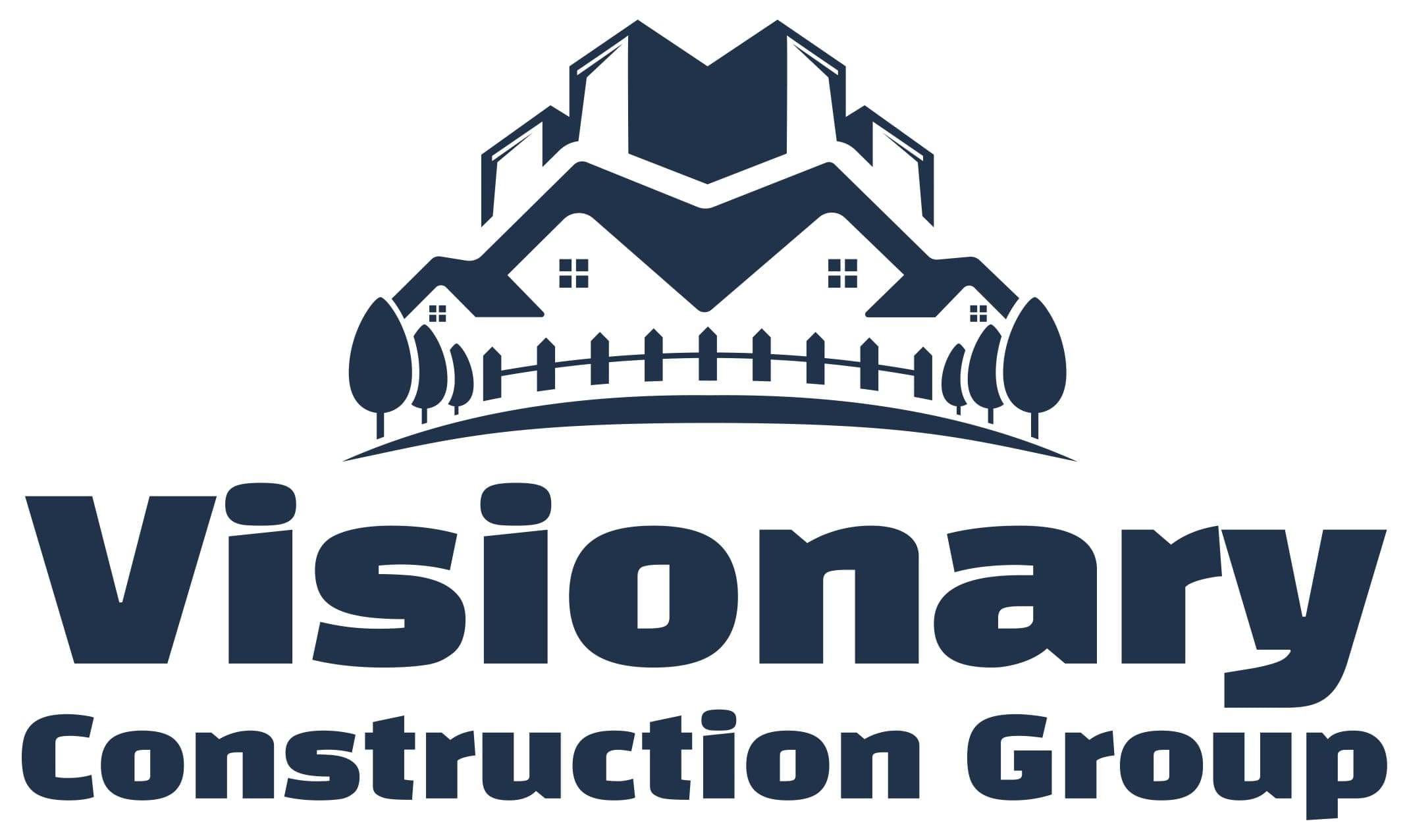Natural light is more than just a design element—it is vital to a healthy and happy home. Sunlight can transform your living space, making it feel more significant, welcoming, and full of life. But natural light plays a crucial role in our physical and mental well-being beyond aesthetics. In this guide, we’ll explore how to maximize natural light in your home, highlighting the numerous benefits and offering practical strategies to help you make the most of this invaluable resource.
The Benefits of Natural Light in Your Home
Enhancing Mental and Physical Health
Exposure to natural light is essential for our overall health. Sunlight helps regulate our circadian rhythms, which control our sleep-wake cycles, energy levels, and mood. Regular exposure to natural light can improve sleep quality, reduce the risk of depression, and boost vitamin D production, vital for bone health and immune function.
Boosting Productivity and Mood
Have you ever noticed how a sunlit room can instantly lift your spirits? Natural light has been shown to enhance mood and increase productivity, making it especially important in areas where you work or study. Whether it’s a home office, kitchen, or living room, maximizing sunlight can create an environment that promotes focus, creativity, and happiness.
Reducing Energy Costs
Maximizing natural light can also lead to significant savings on energy bills. By relying more on sunlight during the day, you can reduce the need for artificial lighting and, in some cases, even lower heating costs. Sunlight naturally warms your home, allowing you to rely less on central heating during cooler months.
Assessing Your Home’s Natural Light Potential
Understanding Your Home’s Orientation
The orientation of your home plays a significant role in the amount of natural light it receives. South-facing rooms generally get the most sunlight throughout the day, while north-facing rooms receive the least. Understanding your home’s orientation will help you make strategic decisions about how to maximize light in each room.
Identifying Natural Light Sources
Walk through your home and note where natural light is already entering. Are there large windows, glass doors, or skylights? Identifying these sources will help you determine where light is abundant and where it may be lacking.
Evaluating Obstacles to Natural Light
Sometimes, obstacles like overgrown trees, neighboring buildings, or even heavy curtains can block natural light. Identifying and addressing these obstacles—whether through landscaping changes, window treatments, or layout adjustments—can significantly increase the amount of sunlight that enters your home.
Design Strategies to Maximize Natural Light
Open Floor Plans and Layout Adjustments
One of the most effective ways to maximize natural light is by adopting an open floor plan. Removing unnecessary walls and barriers allows light to flow freely throughout your home, brightening multiple rooms simultaneously. If a complete renovation isn’t feasible, consider more minor adjustments like widening doorways or using glass doors to connect spaces.
Strategic Use of Windows and Doors
Choosing the Right Window Placement
The placement and size of windows significantly impact how much natural light a room receives. In rooms where light is lacking, consider adding or enlarging windows. Positioning windows opposite each other or across from reflective surfaces can also help bounce light around the room.
Installing Skylights and Solar Tubes
Skylights and solar tubes are excellent options for bringing natural light into spaces that typically lack windows, such as hallways, bathrooms, or attics. Skylights provide direct sunlight, while solar tubes capture and diffuse sunlight, offering a softer glow. Both options can dramatically increase the amount of natural light in your home.
Light-Reflecting Surfaces and Materials
Paint Colors and Finishes
Choosing the right paint colors can significantly affect how light is distributed in a room. Light, neutral colors like whites, creams, and pastels reflect more light than darker shades, making a room feel brighter and more open. To enhance this effect, opt for satin or semi-gloss finishes with reflective qualities.
Mirrors and Reflective Décor
Mirrors are a decorator’s best friend when maximizing natural light. Placing mirrors opposite windows can reflect light more profoundly into the room, making the space feel larger and brighter. Reflective décor, such as metallic or glass accessories, can also help bounce light around, adding a touch of sparkle and brightness.
Incorporating Glass and Transparent Elements
Interior Glass Walls and Doors
Interior glass walls and doors are a modern and stylish way to enhance natural light flow between rooms. They allow light to pass through while maintaining the separation of spaces, making them ideal for home offices, dining rooms, or even bathrooms.
Glass Furniture and Accessories
Glass furniture, such as tables, shelves, and transparent accessories, can further contribute to your home’s bright, airy feel. These elements do not obstruct light and help maintain an open, uncluttered appearance.
Landscaping Tips for Maximizing Natural Light
Trimming Trees and Shrubs
Overgrown trees and shrubs can block a significant amount of natural light from entering your home. Regularly trimming and maintaining these plants will increase light levels and improve the view from your windows, connecting your interior spaces with the outdoors.
Using Reflective Landscaping Features
Incorporating reflective elements into your landscaping, such as water features, light-colored paving, or even outdoor mirrors, can help bounce more light into your home. These features can amplify the sunlight that reaches your windows, brightening the interior.
Common Mistakes to Avoid
Overloading with Artificial Lighting
While artificial lighting is necessary, relying too heavily on it can make your home feel less natural and more confined. First, focus on maximizing natural light, then use artificial lighting to complement and enhance it rather than as the primary source.
Neglecting Window Maintenance
Dirty or damaged windows can significantly reduce the amount of natural light that enters your home. Regularly cleaning windows, replacing old panes, and ensuring seals are intact will help you maximize the sunlight available.
Case Studies: Homes Transformed by Natural Light
Case Study 1: A Brightened Living Room
In this case study, a dark, cramped living room was transformed by enlarging the existing windows and incorporating a light, neutral color palette. The result was a warm, inviting space flooded with natural light, perfect for relaxing and entertaining.
Case Study 2: Transforming a Dark Kitchen
A small, dark kitchen was given new life by installing a skylight and removing an interior wall to open the space. The kitchen now benefits from ample sunlight, making it more functional and enjoyable to use.
Case Study 3: A Sun-Filled Home Office
A once dim, uninspiring home office was rejuvenated by adding a large window and using light-reflective materials. The increased natural light has made the office productive and energizing, perfect for creative work.
Conclusion: Embracing Natural Light for a Healthier Home
Maximizing natural light in your home is one of the most effective ways to enhance its occupants’ aesthetics and well-being. By assessing your home’s current light levels, making strategic design changes, and avoiding common pitfalls, you can transform your living spaces into brighter, more inviting environments. Natural light is a free resource and a powerful tool for creating a healthier, happier home.
FAQs
How can I increase natural light in a room with few windows?
To increase natural light in a room with few windows, consider adding mirrors, using light-reflective paint, or installing skylights or solar tubes. Rearranging furniture to allow more light to flow through can also help.
What are the best window treatments for maximizing natural light?
Light, sheer curtains, or blinds are the best options for maximizing natural light. These treatments provide privacy without blocking too much light, allowing sunlight to filter through while maintaining the room’s brightness.
Can natural light impact my energy bills?
Natural light can significantly reduce energy costs by decreasing the need for artificial lighting and heating. Sunlight naturally warms rooms, reducing the reliance on central heating, especially during cooler months.






